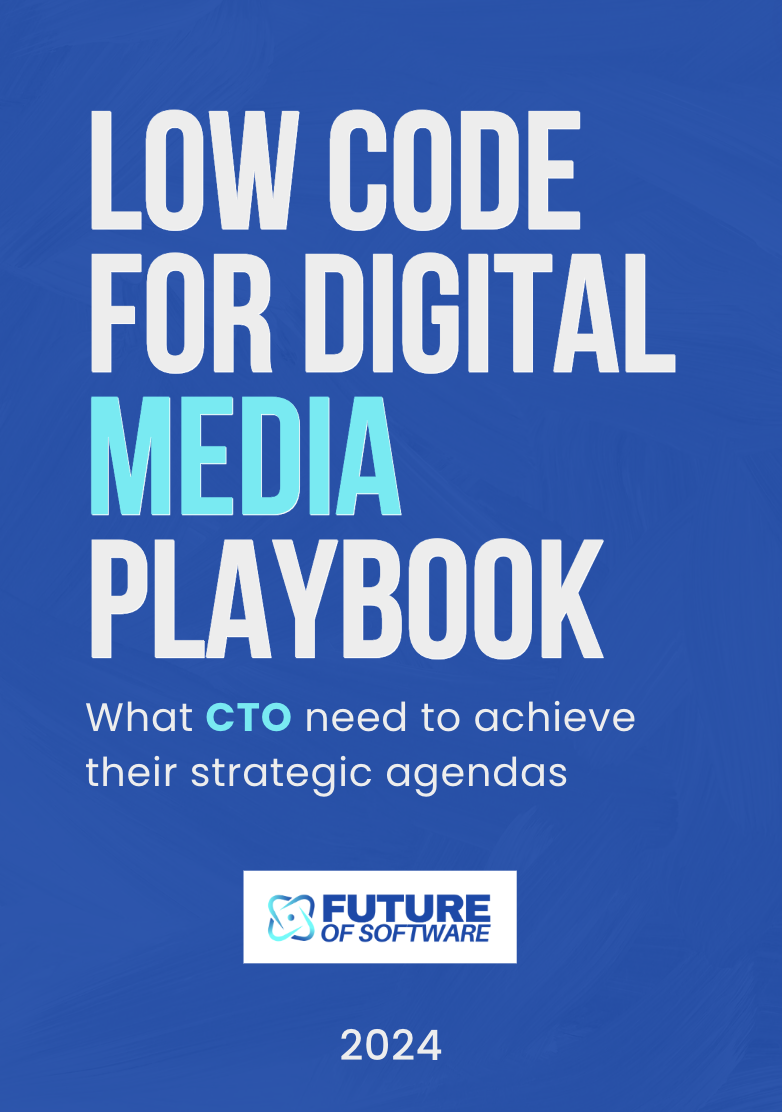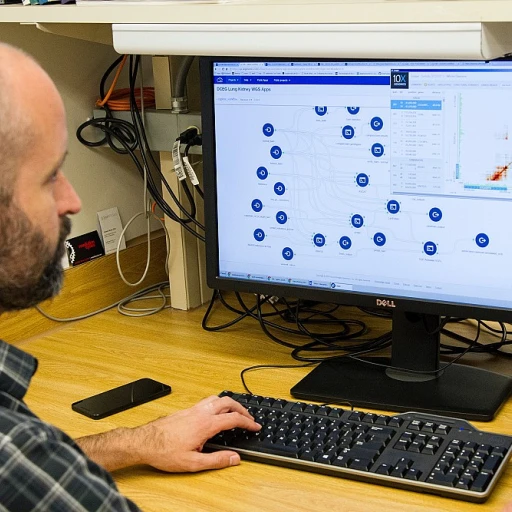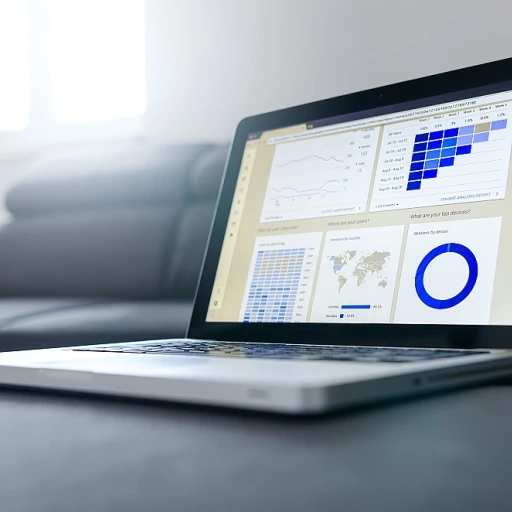
Understanding Predictive Analytics in Software
Deciphering Predictive Analytics in the Software Industry
In the ever-evolving world of technology, predictive analytics emerges as a key player, driving significant shifts in software development processes. As we delve into the nuances of this transformative approach, it becomes clear that predictive analytics offers a fresh perspective on tackling software challenges. Predictive analytics primarily revolves around utilizing historical data, algorithms, and machine learning techniques to forecast future trends and outcomes. This isn't just about "predicting" in the traditional sense; it's about harnessing the power of data to anticipate needs, resources, and potential roadblocks in software development.The Essence of Data in Predictive Models
Data forms the backbone of predictive analytics in software. The ability to collect, organize, and analyze vast amounts of data enables developers to identify patterns, make informed decisions, and increase efficiency. By transforming raw data into actionable insights, software professionals can enhance the accuracy of their predictions and optimize various workflows. For those interested in further exploring how AI converges with predictive analytics to revolutionize the software landscape, check out this insightful article on AI's influence on software's future. This intersection between AI and predictive analytics is crucial in understanding how the software development industry is being reshaped. Predictive analytics isn't just a passing trend; it's a catalyst for innovation, offering new methodologies in how software is conceptualized, developed, and deployed. The pursuit of precision and efficiency through predictive models is setting a new benchmark in the tech realm, ensuring that development processes are not just reactive but proactively geared towards enhanced outcomes. By integrating predictive analytics into the software development lifecycle, organizations can anticipate and navigate the future with greater confidence.The Role of Data in Predictive Models
The Importance of Data Quality in Building Predictive Models
Data is at the heart of predictive models, driving the analysis and forecasting capabilities that software solutions now offer. A critical factor in ensuring the success of predictive analytics lies in the quality of data utilized. Clean, accurate, and relevant data forms the backbone of any predictive model, offering a strong foundation for generating reliable business insights.
High-quality data improves the model's ability to identify trends, patterns, and anomalies, which can significantly enhance decision-making processes. Organizations must employ robust data cleansing and data preparation techniques to ensure that the data feeding into predictive models is devoid of errors or redundancies. Techniques such as data normalization, removing outliers, and filling missing values with estimated or average data values play a crucial role.
Data Sources and the Need for Integration
Diverse data sources play a vital role in enriching predictive models. External data sources, ranging from market trends and social media sentiment to economic indicators, can complement internal company data. The integration of multiple data sources allows for a more holistic approach in creating predictive solutions, ultimately leading to more comprehensive insights.
However, integrating different data sources can be challenging, as it often involves dealing with various data formats, structures, and semantics. Organizations should employ effective data integration tools and techniques, ensuring seamless data flow and enhancing the overall power and accuracy of predictive analytics.
The Role of AI in Managing and Analyzing Data
Artificial intelligence plays a transformative role in managing and analyzing vast amounts of data required for predictive analytics. AI algorithms and machine learning capabilities help automate the data gathering and preprocessing stages, reducing the manual effort traditionally involved. By leveraging AI, organizations can handle complex datasets more efficiently and derive insights with greater speed and accuracy.
Furthermore, AI-driven analytics offers adaptive learning capabilities, allowing predictive models to evolve with new data inputs. This adaptability ensures that predictive software remains relevant and effective in dynamic environments. For a deeper understanding of this transformative process, take a look at our in-depth exploration of AI-powered software creation.
Machine Learning and Predictive Analytics
Bridging the Gap Between Machine Learning and Predictive Analytics
Machine learning acts as the backbone of predictive analytics, enabling software to make sense of complex data sets and uncover patterns that would otherwise go unnoticed. By leveraging algorithms and statistical models, machine learning can predict future outcomes with a high degree of accuracy. This is where predictive analytics truly shines in software development, offering tools to forecast trends and make informed decisions. Machine learning models are trained on a variety of data inputs, continuously learning from new information. As these models improve, they provide more accurate predictions and insights. Software developers can harness this capability to optimize code, automate decision-making, and enhance user experiences. One significant benefit of incorporating machine learning in predictive analytics is the ability to personalize software solutions. By understanding individual user behaviors and preferences, developers can create tailored experiences that increase user satisfaction and engagement.Implementing Predictive Analytics in Real Time
A crucial aspect of predictive analytics is its ability to provide real-time insights. Real-time processing allows businesses to respond immediately to changing trends and demands, providing a competitive edge. Software equipped with predictive analytics can analyze data as it streams in, delivering up-to-the-minute projections. Real-time data analysis is particularly beneficial in sectors like finance, healthcare, and retail, where decisions need to be made quickly and accurately. By integrating predictive analytics, companies can not only anticipate market shifts but also adjust their strategies on the fly. To explore how these technologies continue to evolve and become essential in modern development approaches, including low-code and no-code platforms, you can delve into the concept of a game-changer for businesses. This integration enables organizations to build customized, data-driven applications efficiently and effectively, driving both growth and innovation.Real-Time Data and Business Insights
Harnessing Real-Time Data for Instant Business Insights
In today's fast-paced digital world, the ability to make informed decisions on the fly is crucial for any business. Predictive analytics plays a key role in transforming raw data into meaningful insights, allowing businesses to anticipate market trends and consumer behaviors with remarkable accuracy. It does this by processing real-time data, which refers to the immediate and continuous collection and analysis of information. Using predictive analytics, organizations can derive actionable insights from real-time data, leading to swift and informed decision-making. This process involves several steps:- Data Collection: Companies gather vast amounts of information from various sources such as customer interactions, sales records, and social media activity. This data is continuously updated, providing a fresh and comprehensive view of the current landscape.
- Data Analysis: Advanced algorithms analyze this data to identify patterns and trends. These algorithms can predict outcomes, enabling businesses to make informed decisions about supply chain adjustments, marketing strategies, and more.
- Actionable Insights: The analysis results are presented in a way that is easily understandable, allowing decision-makers to take immediate action. This could range from tweaking product offerings to optimizing resource allocation.
Predictive Analytics Tools and Software
Essential Tools for Harnessing Predictive Analytics
Predictive analytics has become a cornerstone in modern software development, revolutionizing the way businesses forecast trends and make data-driven decisions. To fully leverage the power of predictive analytics, turning to robust tools and software becomes imperative. But what exactly makes these tools so crucial? Several predictive analytics tools stand out due to their comprehensive features and ability to process large volumes of data efficiently. Here's a closer look at some of the top options and what they bring to the table:- IBM SPSS Modeler: A versatile tool known for its ability to streamline the data mining process. It provides a graphical user interface, making it accessible for data scientists and analysts to build predictive models without extensive programming knowledge.
- SAS Advanced Analytics: Often favored by enterprises, SAS offers a powerful suite of analytics tools that harness machine learning capabilities. With its robust processing power, it's designed to handle complex data sets and provide insights in real time.
- RapidMiner: This tool provides an open-source platform with a strong user community. It supports everything from data preparation to predictive model validation, offering a range of valuable functionalities for data-driven decision-making.
- Microsoft Azure Machine Learning Studio: A cloud-based solution that enables intuitive drag-and-drop features to create predictive models easily. Its seamless integration with other Microsoft products makes it an appealing choice for businesses already in the Microsoft ecosystem.
- Google Cloud AI Platform: Offering scalability and flexibility, this platform provides tools for developers and data scientists to build and deploy high-quality models with ease. It's particularly strong in real-time data processing and integration with other Google services.















